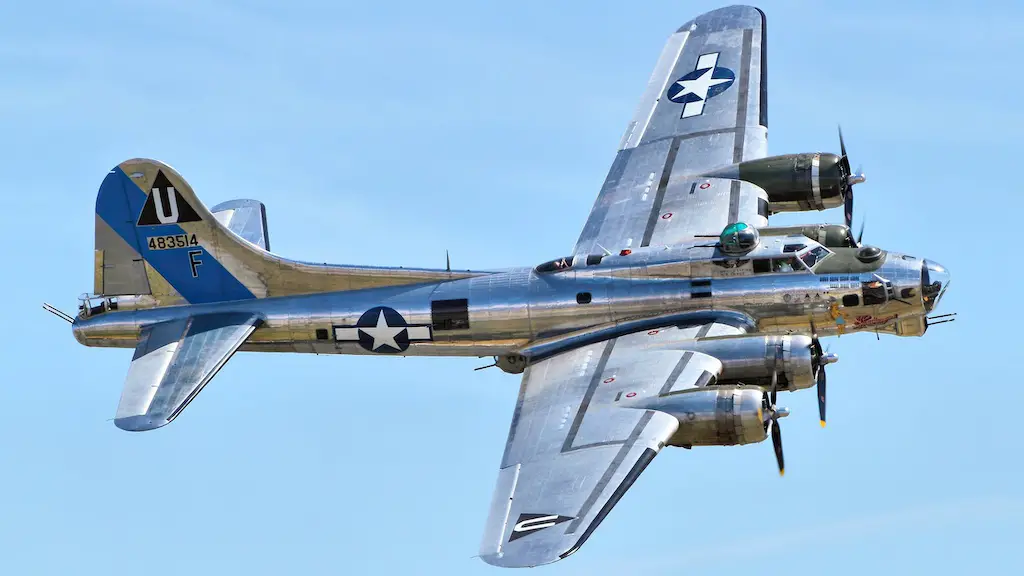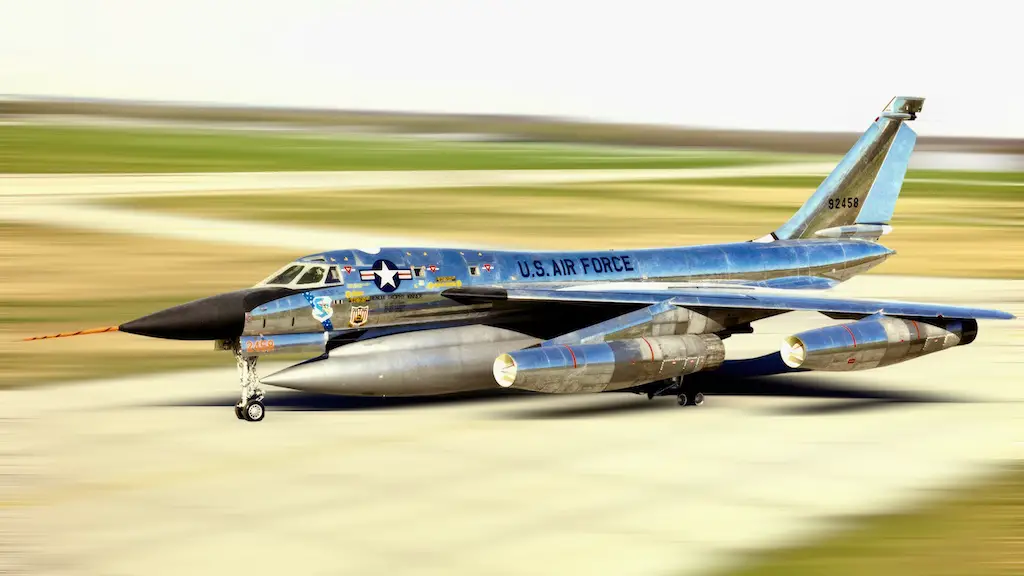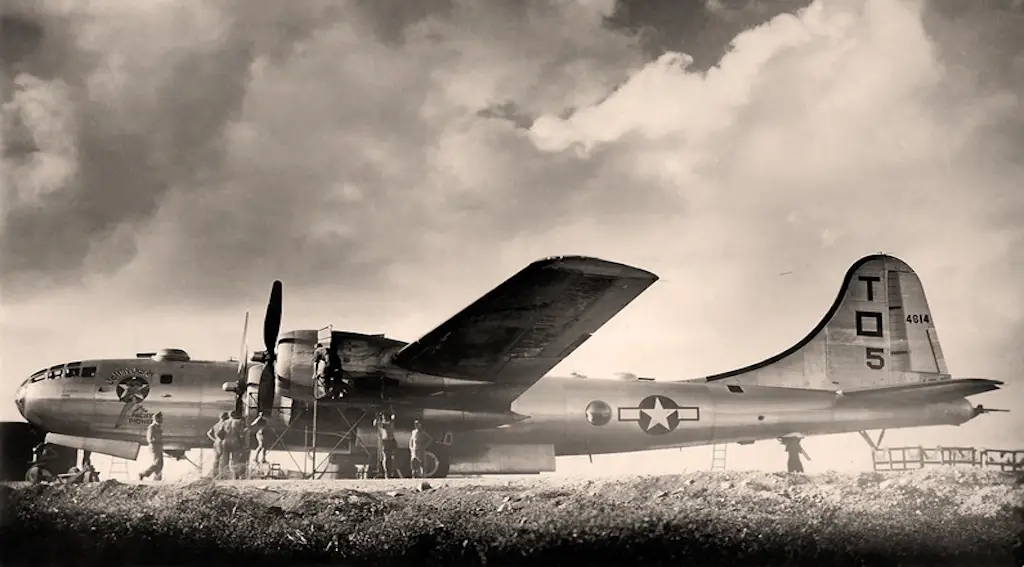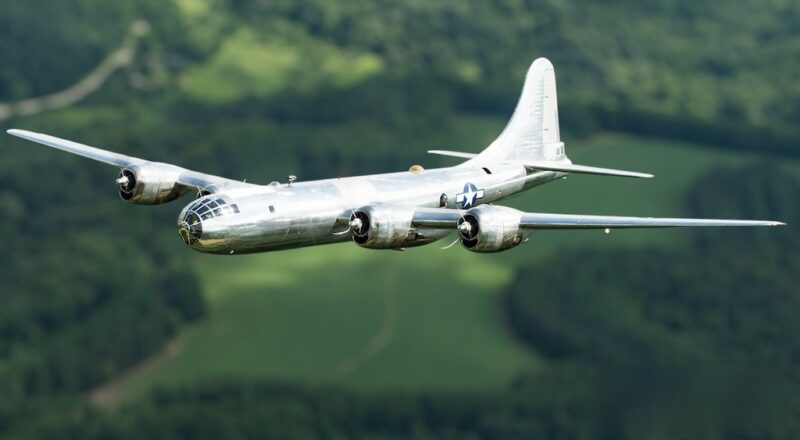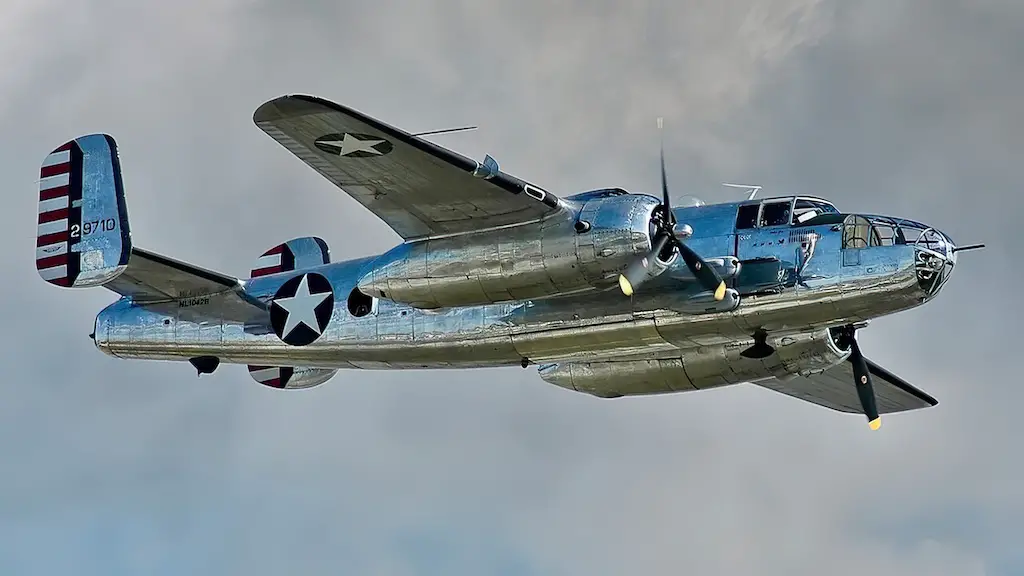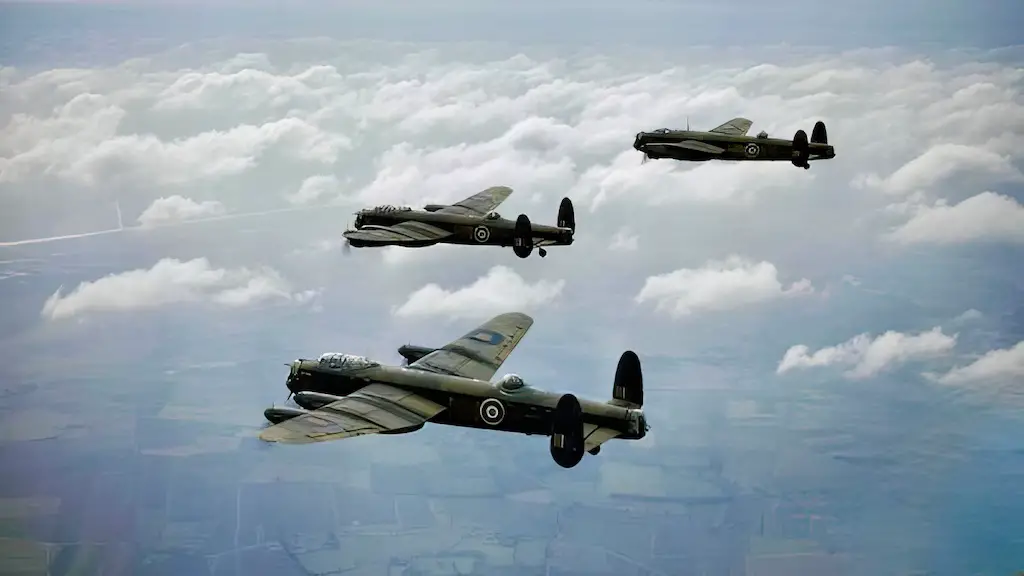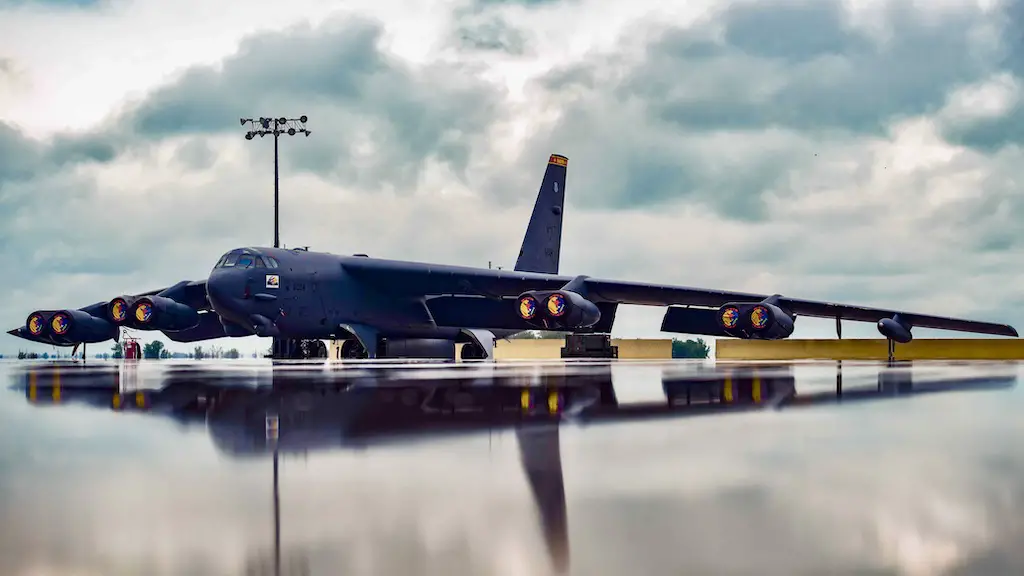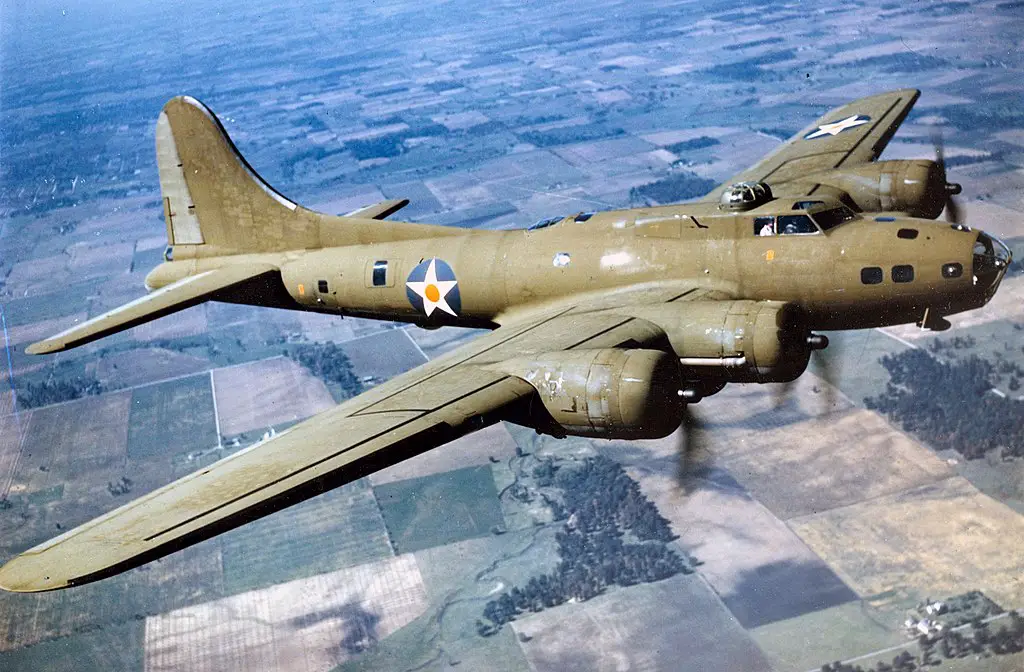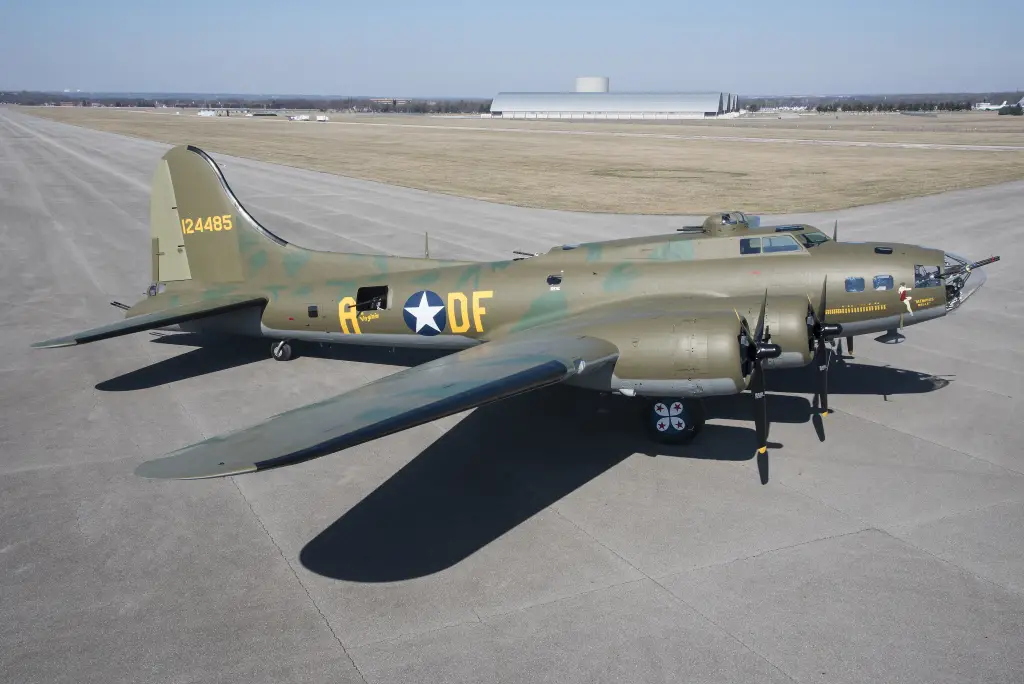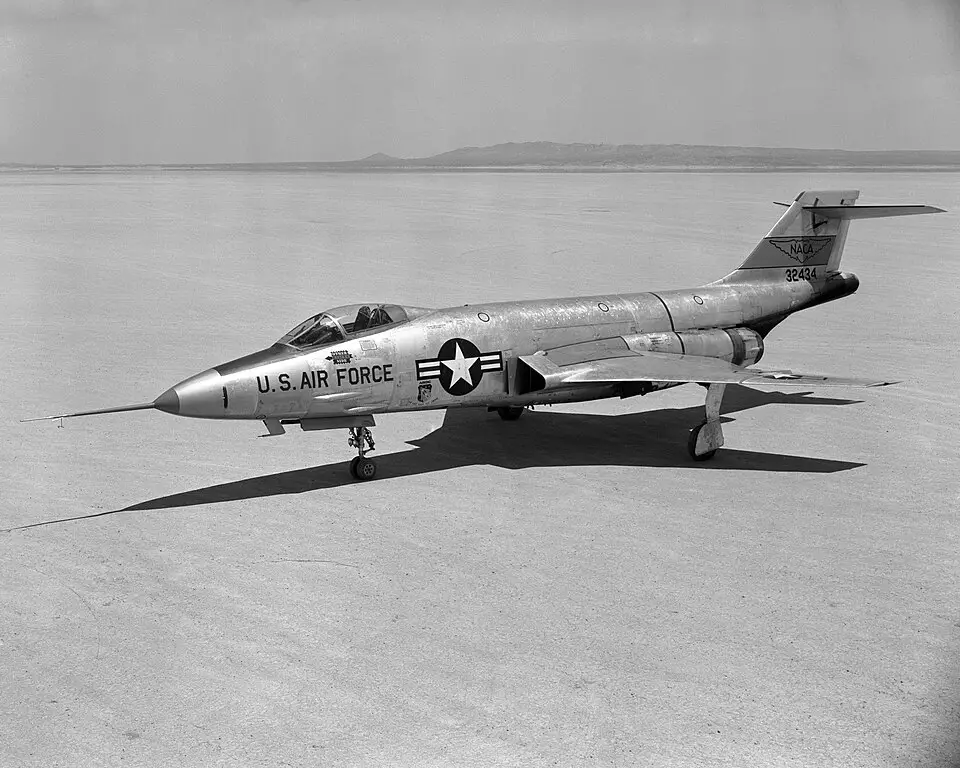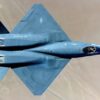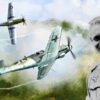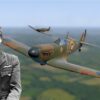The Boeing B-17 Flying Fortress is the third-most produced bomber in history: 12,731 aircraft of this type went off the production line between 1936 and 1945. It came in several major variants, the most numerous of which was the final production version, the B-17G: as many as 8,680 were built. Appearing in 1943, the B-17G was the result of some eight years of the type’s evolution. The B-17G bomber also became the basis for many sub variants that were used for a variety of purposes, ranging from reconnaissance to carrying VIPs.
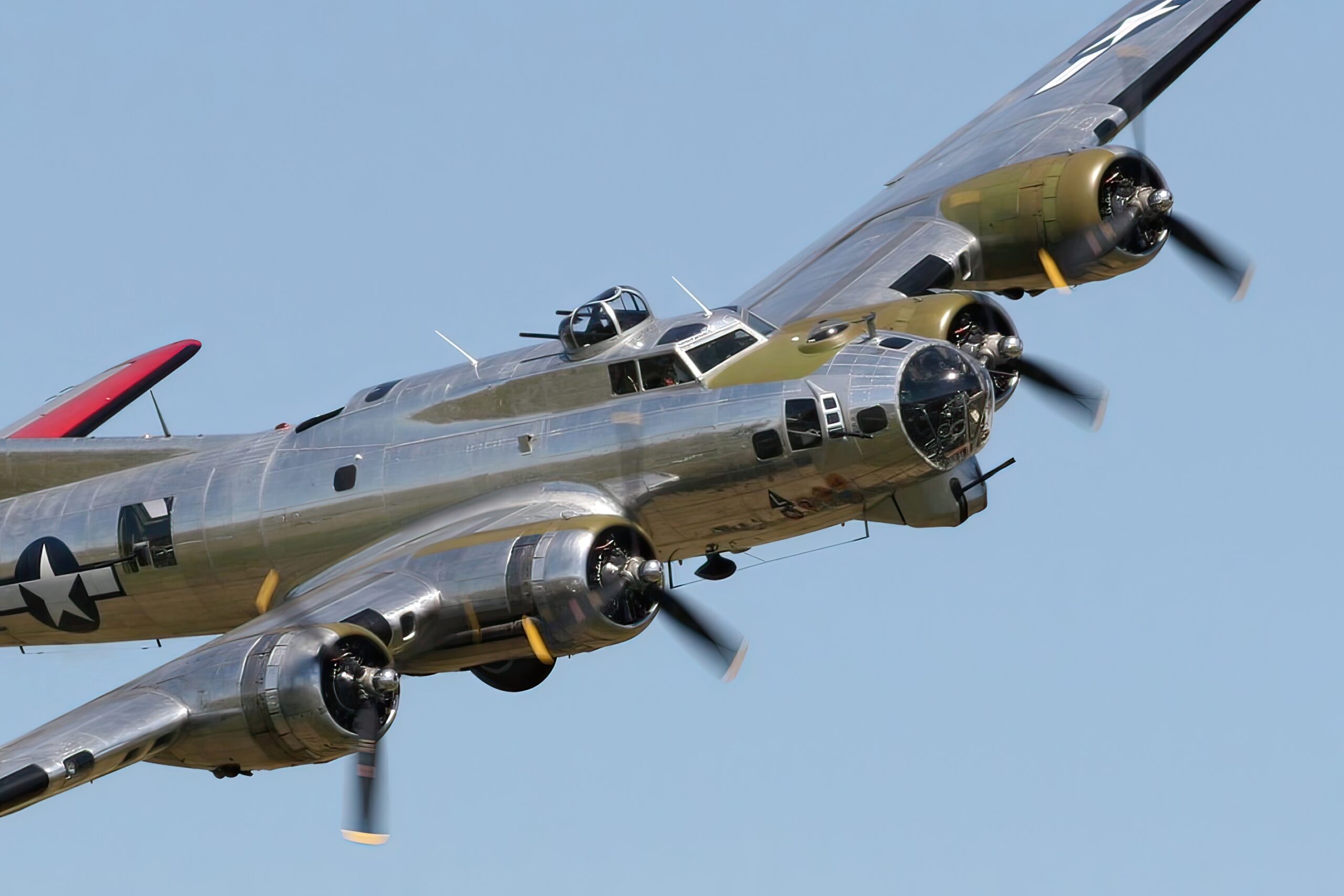
The definitive variant
The first B-17 prototype flew in 1935, and its B-17E and B-17F variants had been produced in hundreds by the time the B-17G was introduced onto the production line in July 1943. By then, most of the type’s teething problems had long been dealt with. The B-17E and B-17F also had better protection and armament than earlier variants, not to mention the first prototypes. However, there still was some room for improvement and the B-17G filled it.
Among the key new features introduced in the B-17G variant was the power-operated Bendix turret mounted in a chin-type installation under the aircraft’s fore fuselage. To be fair, the Bendix turret had been used on some of the later B-17Fs as well, but really became a hallmark of the B-17G. With that additional pair of 0.50-inch machine guns the bomber was now armed with as much as thirteen guns to stand up for itself. The production run continued until 1945 with the burden split between several manufacturers: Boeing, which built 4,035 B-17Gs, Douglas, which built 2,395, and Lockheed-Vega, which contributed by making 2,250 of these aircraft.
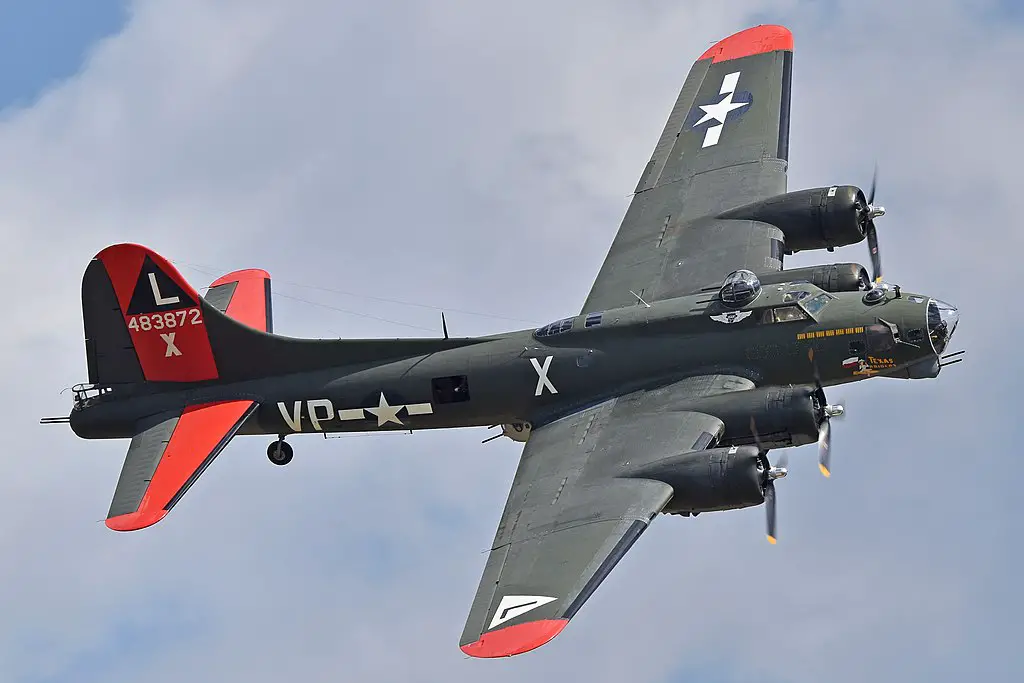
Dropping bombs
The first B-17G flew in August 1943, and by the end of that year B-17G bombers entered service with the Eighth and Fifteenth Air Forces operating in Europe. The new aircraft, along with other four-engine heavy bombers employed by the Allies made a major contribution to the victory in Europe, dropping thousands of bombs on targets in Germany. Over 80 B-17Gs operated by the Royal Air Force, which called them Fortress III, also took part in the bombing raids against Germany, in particular as electronic countermeasures aircraft.
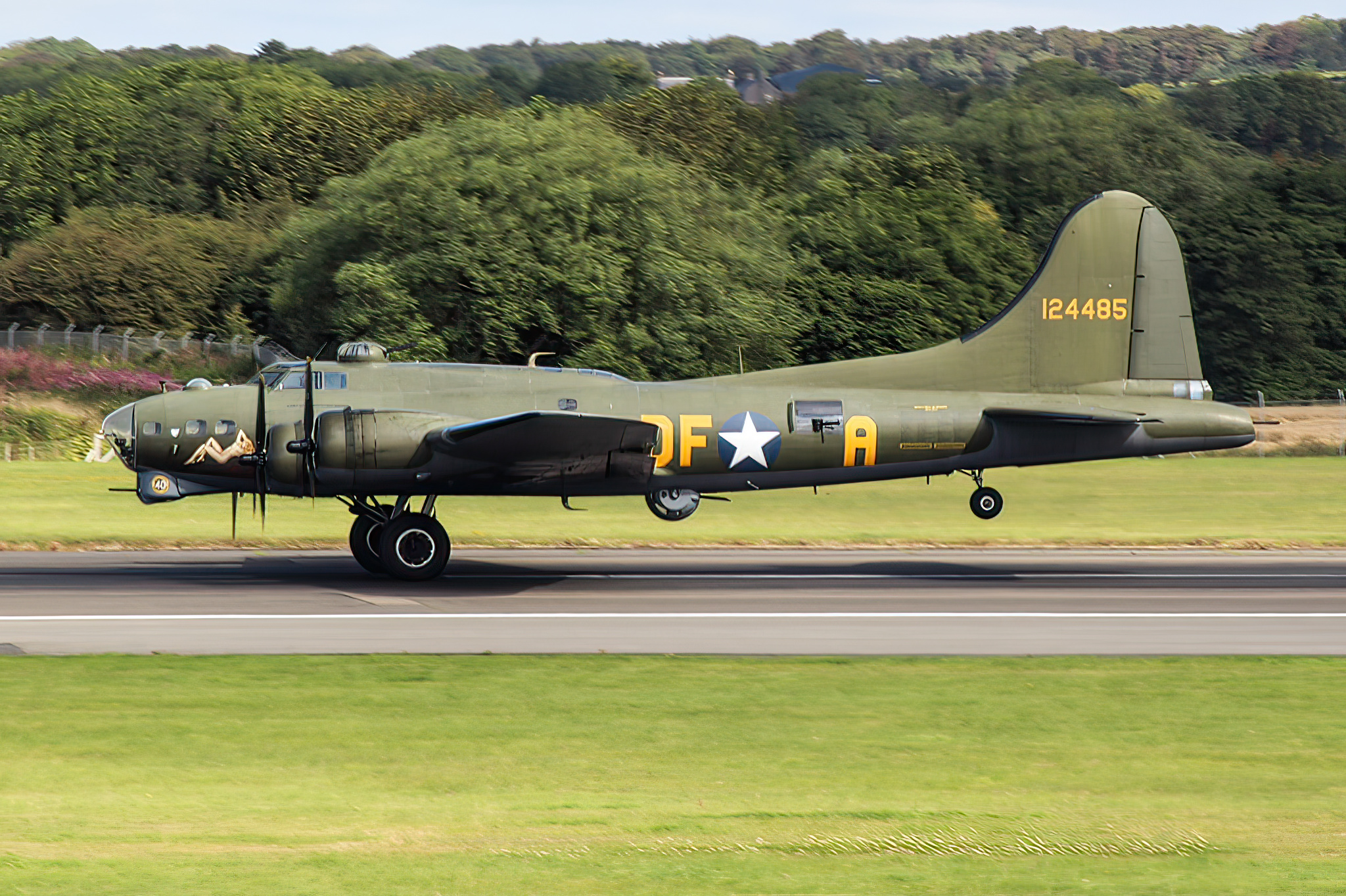
Carrying privates and generals
The CB-17G variant was used as a transport. It could accommodate up to 64 troops. Another transport version, dedicated specifically to carrying VIPs, was the VB-17G. These were still carrying US generals during the Korean War. Some B-17Gs were also used for hauling cargo.
Spying on adversaries
Although the Flying Fortress was conceived primarily as a heavy bomber, its range capabilities certainly made it a viable reconnaissance platform. So, indeed, a recon variant designated RB-17G was developed, as well. Moreover, the US Navy made use of 31 B-17Gs by modifying them into one of the first ever airborne early warning aircraft (AWACS) by fitting them with S-band AN/APS-20 search radars in a large underfuselage radome and additional fuel tanks for extended range. These AWACS planes were issued the PB-1W designation and flew with the US Navy until the mid-1950s. The Navy also used one B-17Gs designated as PB-1 for various test projects.
Another US service that employed the B-17G in its intelligence operations was the Central Intelligence Agency (CIA). Its front companies Air America, Civil Air Transport, and Intermountain Aviation used aircraft of this type in such special missions as dropping agents in China. Those Fortresses took off from Taiwan with Taiwanese crews. Several were downed by Chinese MiGs.

Saving lives
About 130 B-17Gs were adapted for carrying A-1 airborne lifeboats to fly air-sea rescue missions. They flew under B-17H, TB-17H (the training version), and SB-17G designations. The United States Army Air Forces (USAAF) employed these aircraft in the Pacific theater of operations during the last years of WWII to help stranded bomber crews that had been shot down by the enemy or crashed at sea. Following the war, some former USAAF B-17Gs flew search and rescue missions with U.S. Coast Guard under the PB-1G designation until 1959.
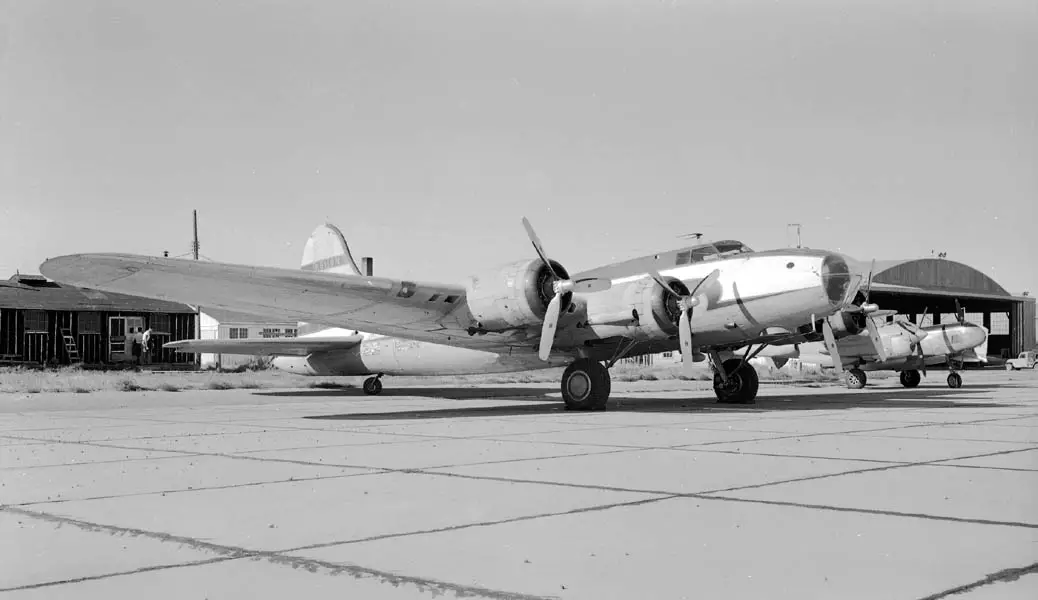
Training pilots, taking friendly fire
Naturally, some airframes were needed for training new aircrews. Later on, some were also used as target drones (such as the DB-17L and QB-17N variants) and drone directors (DB-17P variant). In this capacity B-17Gs went on flying well into the late 1950s.
The last time USAF Flying Fortresses were used in an operational mission was on August 6, 1959. On that day a DB-17P directed a QB-17G, out of Holloman Air Force Base, New Mexico. The drone served as a target for a McDonnell F-101 Voodoo, which destroyed the Fortress with an air-to-air missile.
